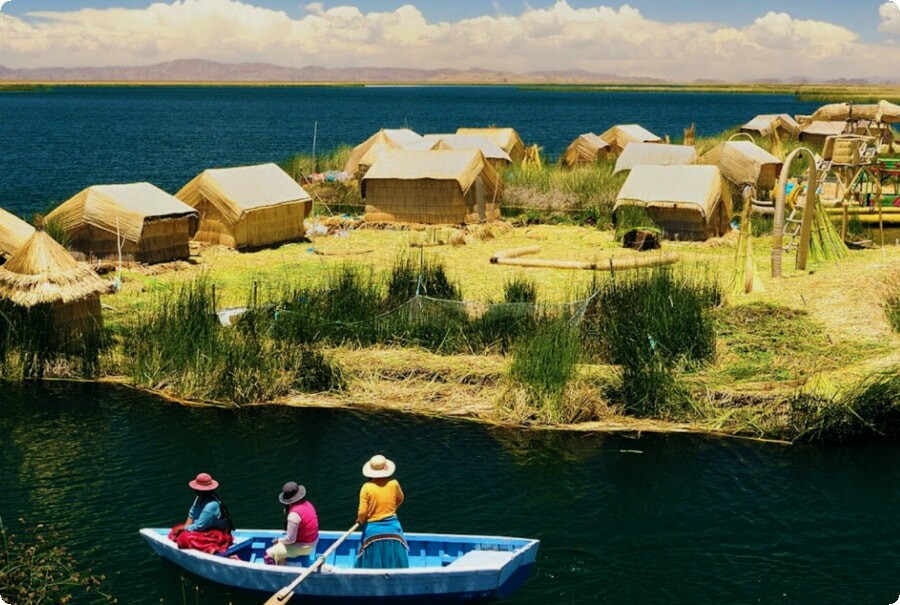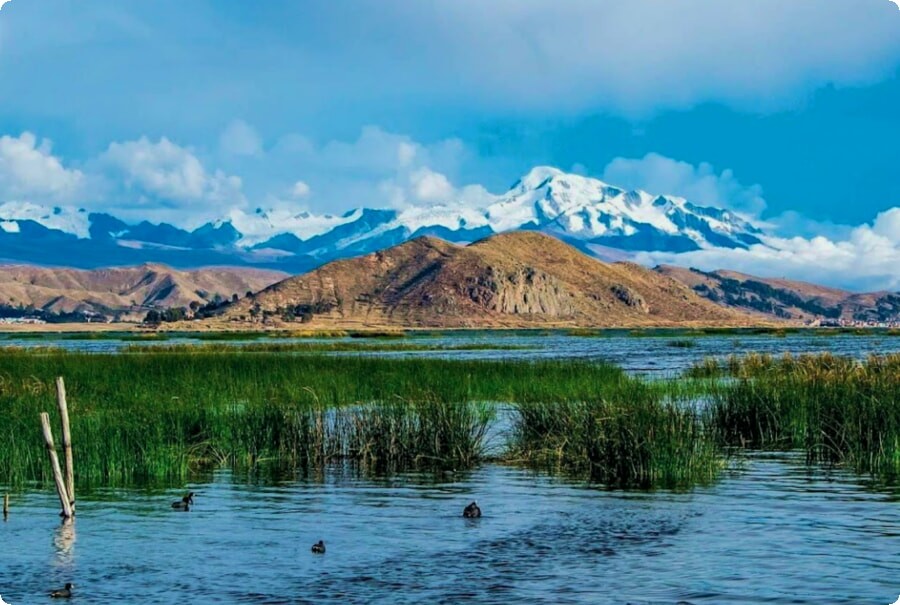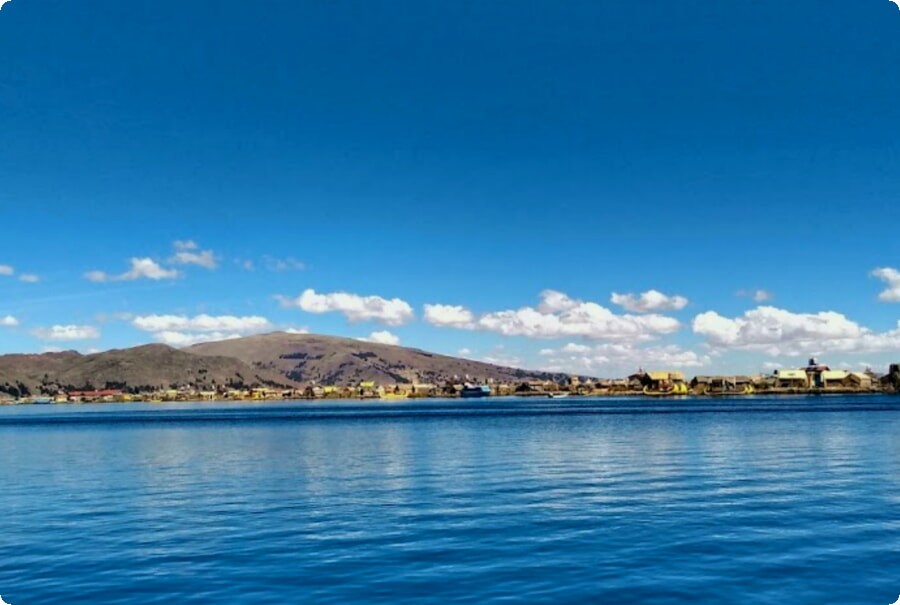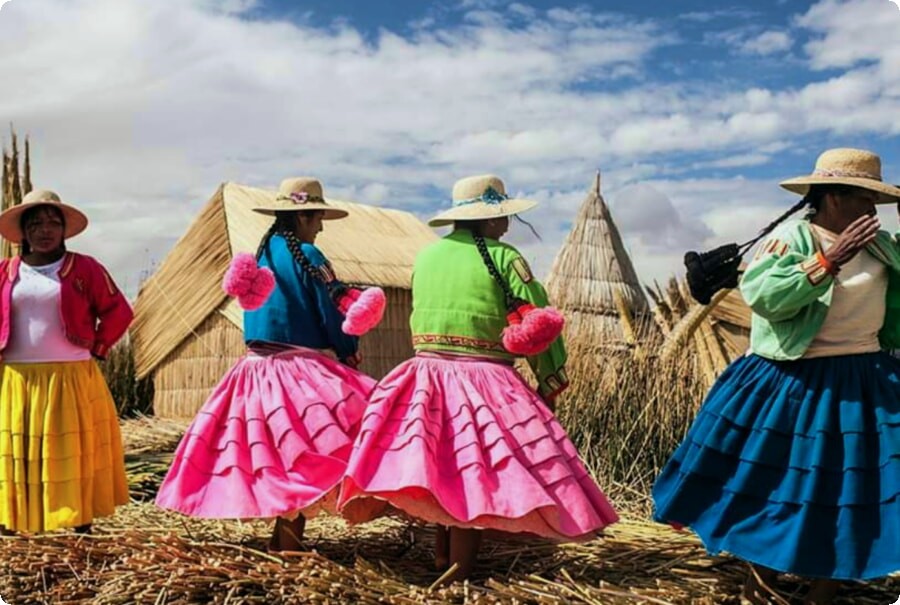Titicaca Lake in Peruvian Andes
Titicaca Lake is located in Peruvian Andes mountains. This attraction is located in the highlands of this ridge and is very popular. In particular, all tourists, who come here for the first time, are sincerely surprised by the large size of this reservoir, as well as a very interesting location. The area of Titicaca is more than eight thousand square kilometers. Thanks to this characteristic, the reservoir was able to get the second largest in South America, and also become the highest reservoir in the world, where ships move.
An assistant to tourists in Peru is an online car booking service. In Cusco, the average cost of renting a compact car will be about 20 euros per day, and at Lima airport - 18 euros per day.

Titicaca is located on Altiplano plateau, in the highlands of the Andes ridge. Interestingly, the eastern part of the reservoir is part of Bolivia, and the western part is Peru. Nevertheless, its most interesting and exciting feature is its location - the height lies more than 3800 meters above sea level. The width is 65 kilometers and the length is 194 kilometers. The maximum depth is just over 280 meters. This giant lake is fed by as many as twenty-five rivers.

And only one massive river, Rio Desaguadero, comes out of it. Despite everything, only one tenth of all the water that enters the lake passes through it. The rest has time to evaporate from the surface of the reservoir.
This lake is characterized by the presence of a huge number of islands and islets. Some of the islands that are on this lake keep the secrets of ancient civilizations. For example, on Sun Island (Isla del Sol) major excavations are underway.

Despite the fact that the average annual temperature at such a high altitude is no more than 12 degrees, the lake is a large reservoir for heat, which makes the climate in this area much milder. In the vicinity of this large lake, useful crops feel great: corn, barley, potatoes, as well as quinoa. In addition, the surroundings of the lake are famous for a very diverse fauna and flora. Due to the fact that the place has a remoteness from civilization, a large number of the rarest animals that live only in these places have been preserved here.

The lake got such an unusual name thanks to Aymara Indians. Translated, this word means "gray cat". An ancient legend can explain the name. The fact is that the rock, which is located on the island of the Sun, resembles the shape of the head of an animal of the cat family. On the other hand, some people claim that the contours of the lake from the sky resemble a cougar. Today, the Uruse people live near Titicaca, who were able to preserve their traditions from ancient times and protect their culture from the influence of both the Incas and European people.
